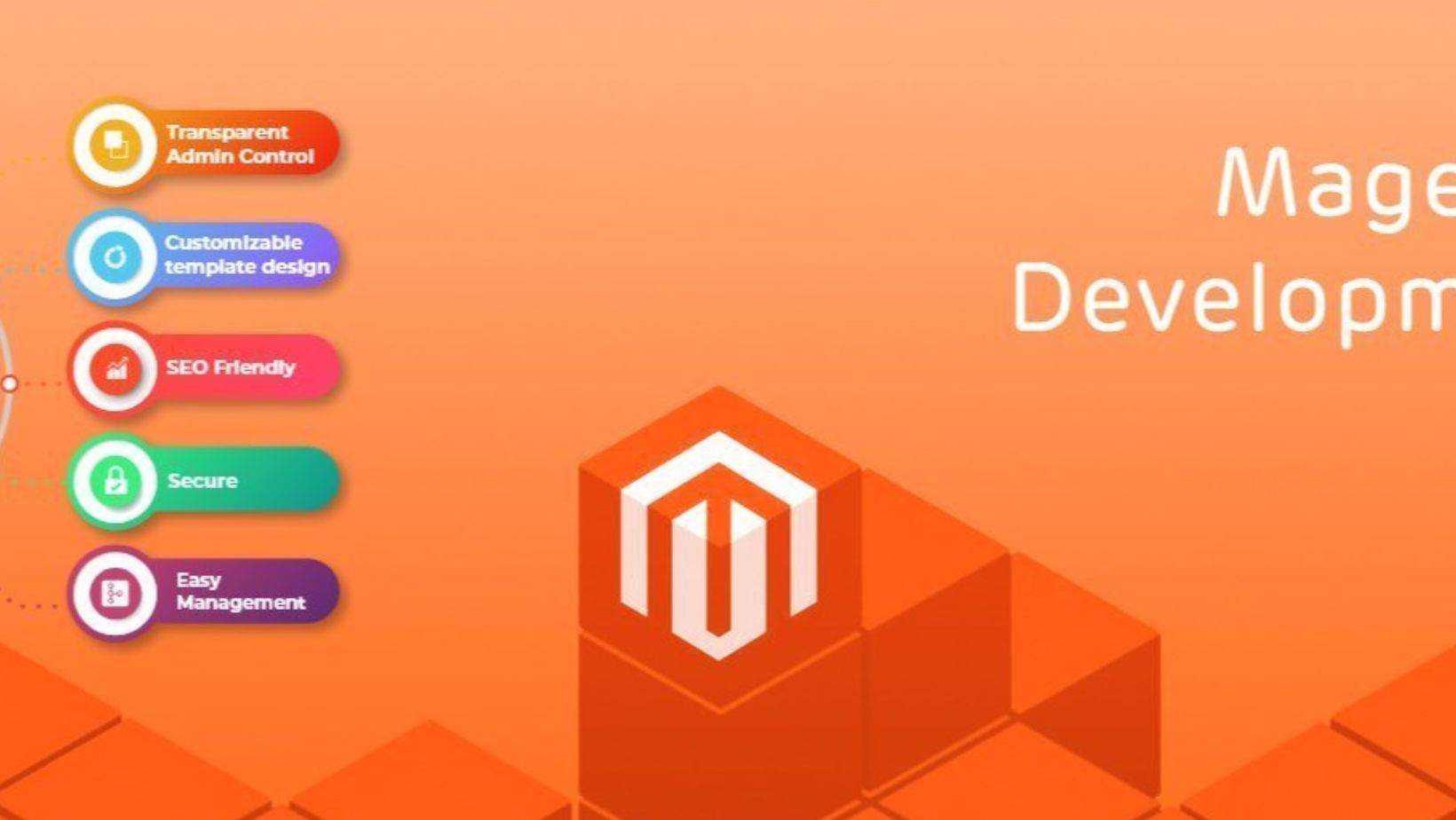Today’s shoppers expect quick, trouble-free, and flexible ways to pay – whether on a phone, laptop, or in-store. Traditional systems often fall short, creating friction and lost sales. Unified payment experiences fix this by combining all payment methods into one flow, making checkout easier for businesses and customers.
Table of Contents
ToggleWhat is the Unified Payment Experience?
Unified payment experiences bring all payment options, like cards, e-wallets, and bank transfers, into one system that works the same across websites, apps, and in-store. It makes checkout easier for customers and simpler for businesses to manage. Unlike traditional omnichannel setups, which regularly use separate tools for each channel, unified commerce connects everything in real time. Unified commerce integrates all sales channels, customer data, and backend systems into a single platform. A great example is the Fintegrate platform, which lets businesses handle multiple payment methods from one central place.
Benefits for Consumers
Unified payment systems simplify shopping by seamlessly allowing customers to use their preferred payment methods (credit cards, digital wallets, or bank transfers) across various platforms. This flexibility improves the user experience and reduces friction during checkout.

Advanced security measures, such as tokenization, replace sensitive card details with unique tokens, minimizing the risk of data breaches. Biometric authentication methods, like fingerprint or facial recognition, further secure transactions and expedite payment. By standardizing these aspects, unified payment experiences significantly decrease cart abandonment rates, as customers are more likely to complete purchases when the process is secure and convenient.
Advantages for Merchants
Unified payment systems make life easier for businesses by putting all payment methods (online, in-store, and mobile) into one system. This cuts down on manual work and lowers operational costs. Merchants also gain better access to customer data, helping them understand buying habits and send more targeted offers. On top of that, modern security tools like tokenization and two-factor authentication help catch fraud early and keep businesses compliant with payment laws.

Key benefits:
- One platform for all payments = less admin work
- Lower costs by simplifying operations
- Better customer insights for smarter marketing
- Stronger fraud protection with advanced security
- Easier compliance with payment regulations
Technological Innovations Driving Unified Payments
Artificial intelligence (AI) and machine learning revolutionize payment systems by improving fraud detection and personalizing customer experiences. For instance, Mastercard employs AI to analyze vast transaction data, improving fraud detection rates by up to 300%. Click to Pay simplifies online transactions by allowing users to complete purchases with a single click, eliminating the need to enter card details manually. Additionally, digital wallets like Apple Pay and Google Pay enable secure payments across various platforms, supporting the integration of emerging payment methods.
Future Outlook
Unified payment systems will only get more popular as shoppers expect faster checkouts. Businesses that don’t keep up risk falling behind. To get started, merchants should review their current setup, choose a platform that supports multiple payment types, and make sure it’s secure and easy to use. Adopting these changes now helps future-proof the business and keeps customers coming back.






